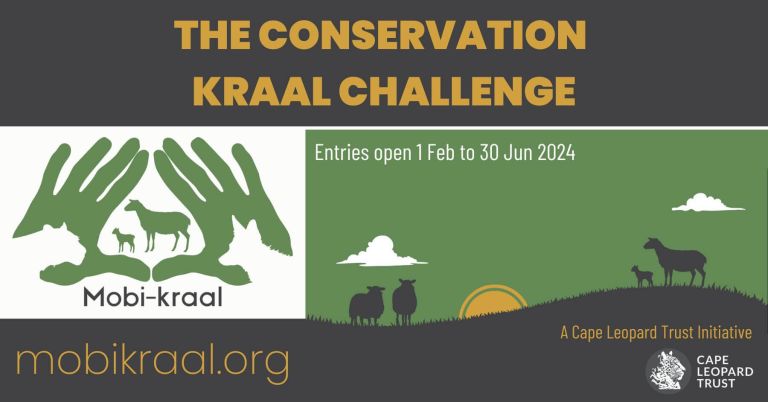The Little Karoo project was initiated to survey leopards in the Gamkaberg, Rooiberg and Swartberg Mountains of the Little Karoo near Calitzdorp and Oudtshoorn. An ad hoc camera trapping project and education campaign was established in September 2007 by Leigh Potter. In 2010, Dr Gareth Mann started his PhD (Rhodes University) on the ecology of leopards here, aided in part by Aneri Vlok during her Nature Conservation practical year (NMMU).
The Little Karoo study produced the first estimate of the leopard population in this area, and shed light on the habitat use and diet of these leopards. The main objectives of the project were to:
- Estimate the local leopard population size and density using a combination of GPS collared leopards and camera trap surveys.
- Capture and collar leopards to identify key leopard habitat areas, which can be prioritised for future conservation management
- Determine the average home range size of leopards in the area using GPS collars
- Identify possible movement corridors between the various 'core' leopard habitats in the area (e.g. the Gamkaberg/Rooiberg Mountains, the Swartberg Mountains and the Outeniqua Mountains)
- Gather data on the diet of the Little Karoo leopard population
- Use camera traps to improve existing knowledge of local biodiversity and to determine the relative abundance of other medium and large mammal species in the area.
- Work with local landowners and farmers to reduce human-predator conflict and raise awareness of the role of predators in maintaining biodiversity and ecosystem function.
This research was carried out by the Cape Leopard Trust, in collaboration with Rhodes University, Nelson Mandela Metropolitan University (Saasveld) and CapeNature. All of the camera trap data were fed into CapeNature's State of Biodiversity (SOB) database, and thus contributes to formal conservation management and planning.
In 2014 Elani Steenkamp also conducted a focused short-term MSc study (University of Stellenbosch) primarily on meso-predators i.e. caracal and black backed jackal, examining predator abundances, predator-prey interactions and the diet of mesopredators in and around the Gamka Mountain complex.
In addition to the research work, a main aim of the project was to educate and inform local farmers and landowners about the key role of predators in maintaining biodiversity.
The Little Karoo study area
The study area extends from Anysberg Nature Reserve in the west to the eastern tip of Swartberg Nature Reserve, and runs southwards to Ruitersbos Nature Reserve on the northern side of the Outeniqua Mountains. The total size of the study area is approximately 15,000 km2. While much of our work takes place on CapeNature reserves (specifically, Gamkaberg, Groenefontein, Rooiberg, Swartberg, Towerkop, Gamkapoort, Ruitersbos and Anysberg Nature Reserves), much of the land included in our study area is privately owned. This land is predominantly used for agriculture or private nature reserves/game farms, and consequently we are heavily reliant on the support of private landowners and farmers.
See our list of scientific publications to learn more about the results of the Little Karoo Project.

















